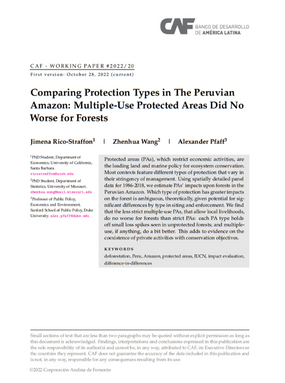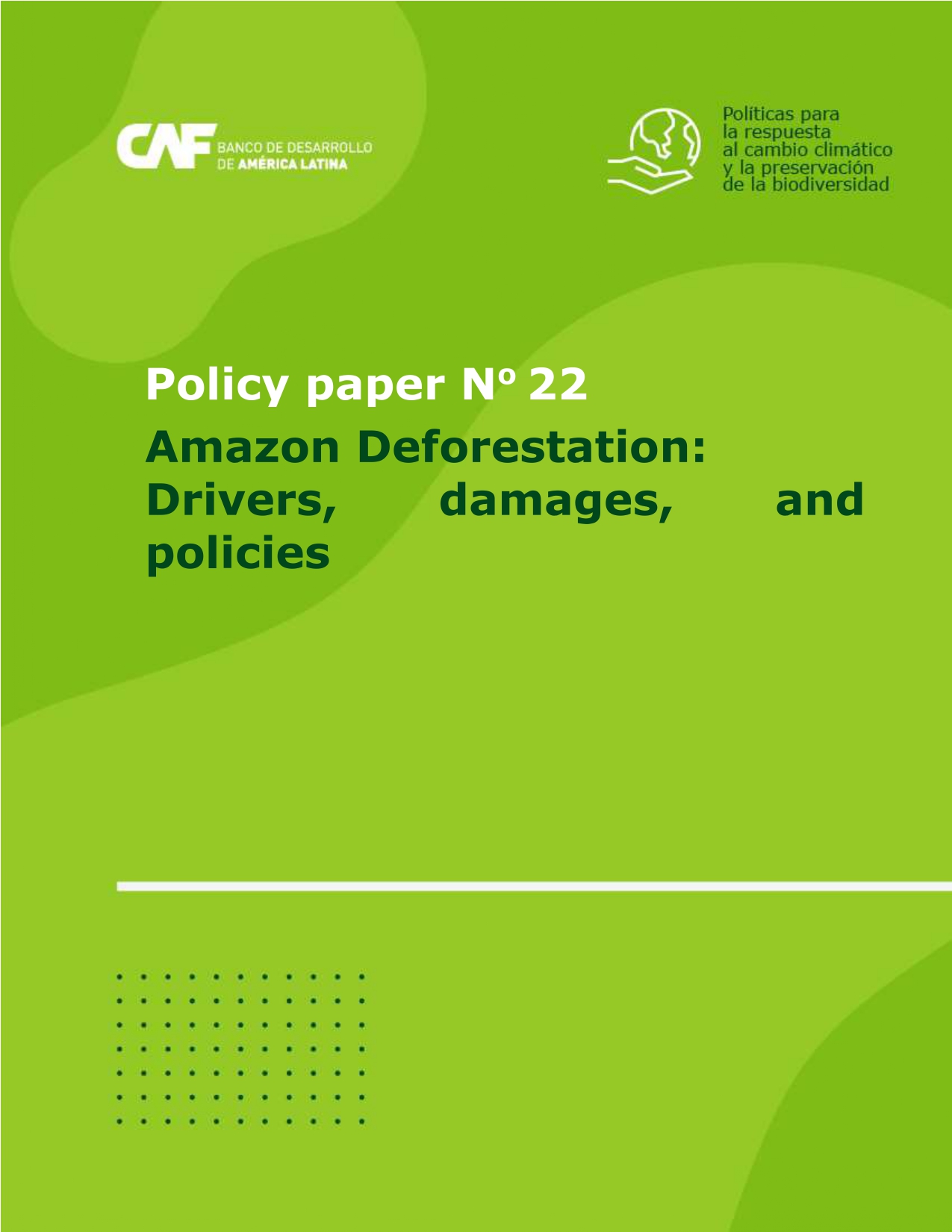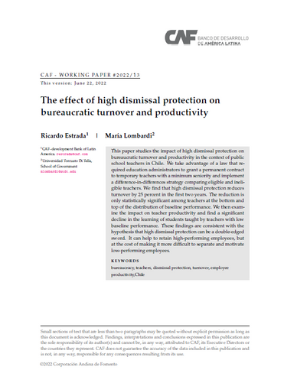Comparing Protection Types in The Peruvian Amazon: Multiple-Use Protected Areas Did No Worse for Forests
Resumen
Protected areas (PAs), which restrict economic activities, are the leading land and marine policy for ecosystem conservation. Most contexts feature different types of protection that vary in their stringency of management. Using spatially detailed panel data for 1986-2018, we estimate PAs’ impacts upon forests in the Peruvian Amazon. Which type of protection has greater impacts on the forest is ambiguous, theoretically, given potential for significant differences by type in siting and enforcement. We find that the less strict multiple-use PAs, that allow local livelihoods, do no worse for forests than strict PAs: each PA type holds off small loss spikes seen in unprotected forests; and multipleuse, if anything, do a bit better. This adds to evidence on the coexistence of private activities with conservation objectives.
Materia
País / Región
Fecha
2022-12-20Citar de esta publicación
Item perteneciente a la Colección
Autor
Rico-Straffon, JimenaWang, Zhenhua
Pfaff, Alexander
Items Relacionados
Amazon Deforestation: Drivers, damages, and policies
This chapter discusses the economic drivers, the environmental damages, and the poli cies enacted to fight Amazon deforestation. It provides key statistics ...
Crime Protection Investment Spillovers: Theory and Evidence from the City of Buenos Aires
This paper studies spillover effects among potential crime victims from investment in observable protection technologies. Criminals and potential victims ...
The effect of high dismissal protection on bureaucratic turnover and productivity
This paper studies the impact of high dismissal protection on bureaucratic turnover and productivity in the context of public school teachers in Chile. ...





